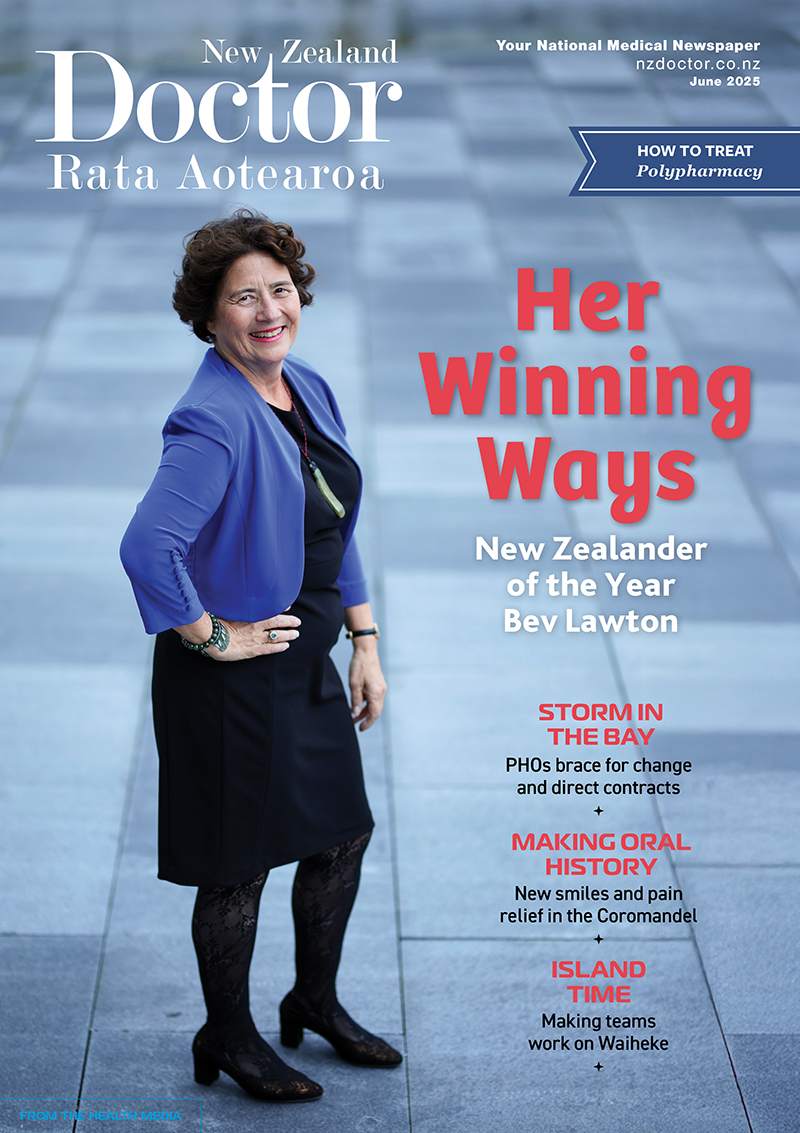For older people and frail people, the long-term benefit of medicines reduces and the potential for harm from adverse effects increases. When the benefit–risk balance changes in this way, medicine review and optimisation are important to simplify the therapeutic regimen, reduce inappropriate medicines and minimise risks. In this article, pharmacist prescriber Linda Bryant uses two case studies to illustrate important considerations during medicine reviews
The first time thinking about health economics and workforce solutions
+Practice
First Time
The first time thinking about health economics and workforce solutions
Tuesday 15 April 2025, 12:35 AM

A second-hand car may be cheap, but if it breaks down all the time, it wasn’t value for money [Image: Towfiqu barbhuiya on Unsplash]
Specialist GP Jo Scott-Jones discusses health economics and considers whether cost–utility analyses could help plan for the workforce of the future
Key points, In health economics, the quality-adjusted life year is used to measure the outcome of an intervention in terms of the quantity and quality of life it , Pract Green w Pale Yellow
Kia ora and welcome to New Zealand Doctor Rata Aotearoa
Not a subscriber? Unlock this article by subscribing here.
References
1. Pharmac. Cost-Utility Analysis (CUA) Explained. August 2015.
2. New Zealand Infrastructure Commission. Discover the Strategy. 6. A thriving New Zealand: what we need to do.
3. Sapere. Memorandum. Re: Waikato Medical School cost-benefit analysis: comments on Minister Seymour’s letter of 21 August 2024. 22 August 2024.



